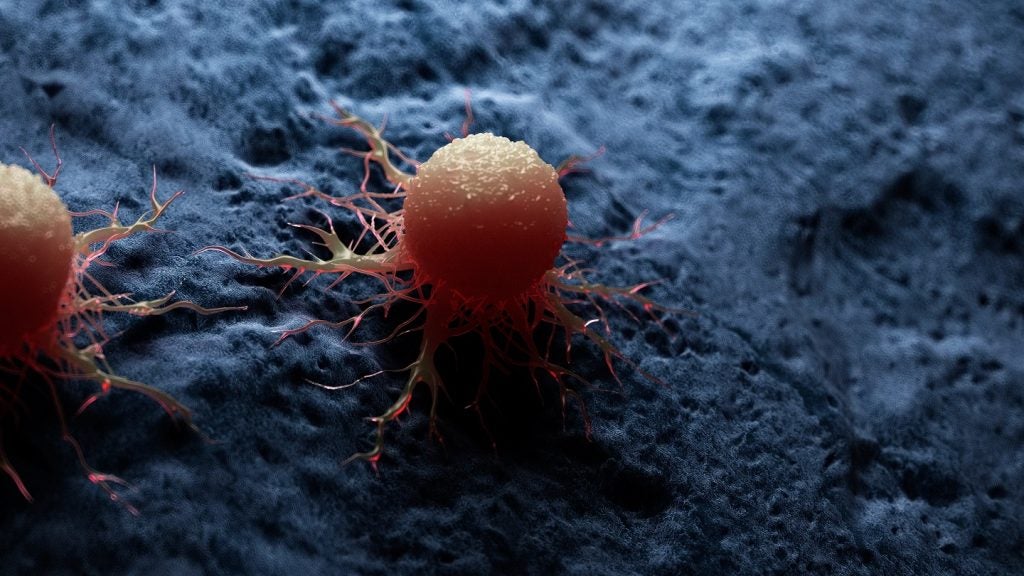Cellectis has filed a patent for engineered T-cells with inhibited expression of beta 2-microglobulin and T-cell receptor components, suitable for immunotherapy. The composition aims to reduce rejection in allogeneic transplantations and treat cancer, infections, and autoimmune diseases effectively and affordably. GlobalData’s report on Cellectis gives a 360-degree view of the company including its patenting strategy. Buy the report here.
According to GlobalData’s company profile on Cellectis, CAR-T cell based therapies was a key innovation area identified from patents. Cellectis's grant share as of January 2024 was 36%. Grant share is based on the ratio of number of grants to total number of patents.
Engineered t-cells for immunotherapy with inhibited b2m expression
See Also:
A recently filed patent (Publication Number: US20240026376A1) outlines a therapeutic composition involving engineered human T-cells that have been modified to lose surface expression of HLA-A, HLA-B, and HLA-C. These modified T-cells also have inhibited expression of beta 2-microglobulin (B2M) and at least one gene encoding a component of the T-cell receptor (TCR) inactivated. The patent further details a method for preparing these engineered T-cells, involving the introduction of a rare-cutting endonuclease to selectively inactivate the gene encoding B2M, resulting in the loss of surface expression of B2M, HLA-A, HLA-B, and HLA-C.
Additionally, the patent describes a method for immunotherapy utilizing the engineered human T-cells expressing a Chimeric Antigen Receptor (CAR) that have lost surface expression of HLA-A, HLA-B, and HLA-C. This method involves inactivating the gene encoding B2M through the expression of a rare-cutting endonuclease and administering the therapeutic composition to a human patient. The patent also specifies the use of a TALE-nuclease encoded by specific polynucleotides and targets for cleaving the B2M gene, as well as the percentage of engineered T-cells required in the composition and the specific target antigen for the Chimeric Antigen Receptor (CD19).
To know more about GlobalData’s detailed insights on Cellectis, buy the report here.
Premium Insights
From

The gold standard of business intelligence.
Blending expert knowledge with cutting-edge technology, GlobalData’s unrivalled proprietary data will enable you to decode what’s happening in your market. You can make better informed decisions and gain a future-proof advantage over your competitors.




